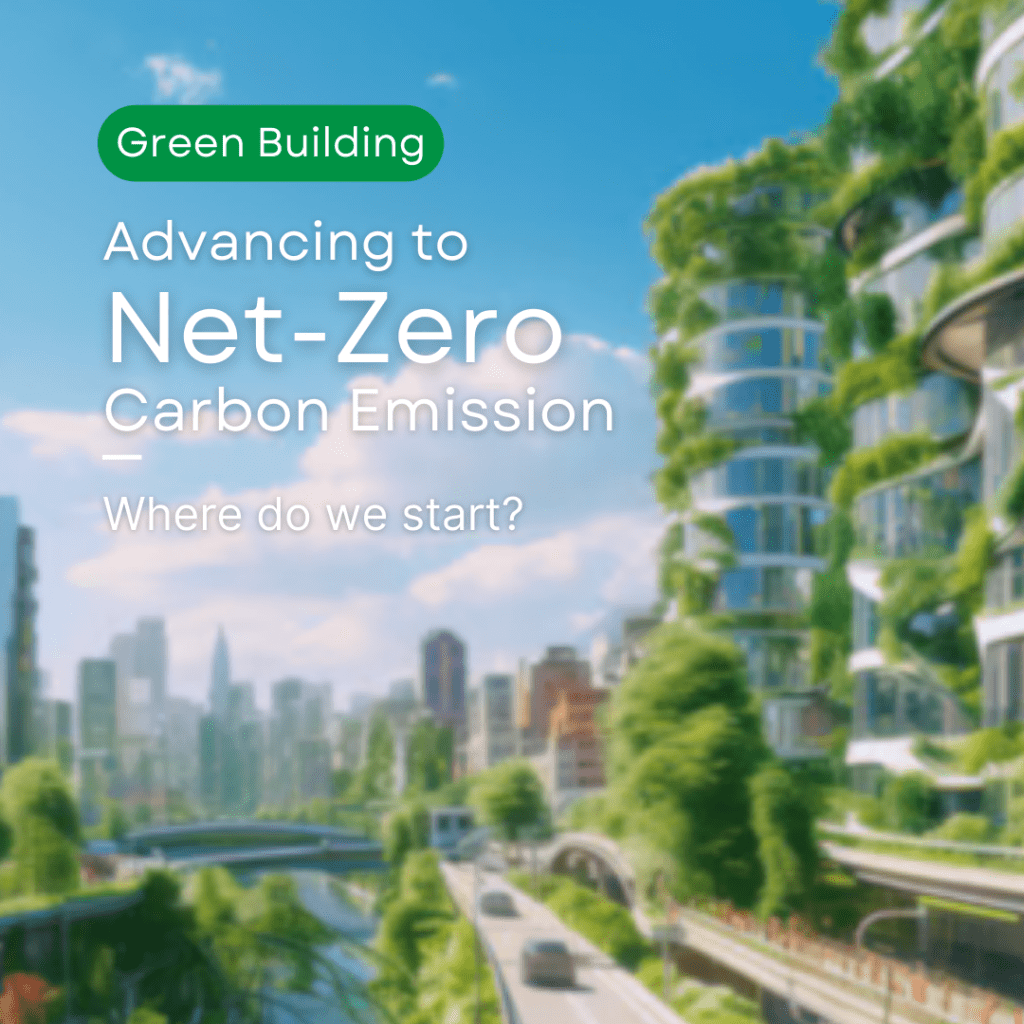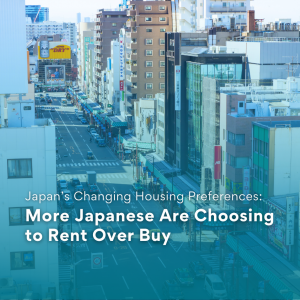Amidst the ratification of The Paris Agreement by 195 signatories, each state has begun its stride to achieve net-zero carbon emissions by 2050. This ambitious international commitment has placed increasing responsibility on corporations across a range of industries to contribute to this goal. According to the United Nations, the real estate industry currently accounts for 40% of global energy-related emissions. This staggering statistic underscores the critical need for the real estate sector to spearhead collective action in reducing carbon footprints.
Where Does Real Estate’s 40% Carbon Emission Come From?
Delving deeper into understanding these emissions, we encounter two key components: Operational carbon and Embodied carbon. The current emissions distribution is 28% from operational emissions and 11% from embodied emissions. However, there has been a noticeable trend of increasing embodied emissions in recent years. It is expected that with the current rate of construction increase, such proportions will equalize by 2050.
・Operational Carbon
Operational carbon refers to the building’s emission coming from the energy required to operate the infrastructure. Examples include heating and cooling systems, lift operations, and ventilation.
・Embodied Carbon
The often neglected embodied carbon comes with a broader definition. Apart from involving the construction industry, it is associated with the entirety of the real-estate supply chain. This includes energy use attributed to the extraction of raw materials, alongside the emission associated with the manufacturing, transportation, and construction of the build process. The eventual emissions during the demolishment and waste disposal processes are also incorporated into its calculations.
Real Estate’s Battle Against Carbon Emissions
Taking a step forward to recognize the inherent differences between these carbon emissions would enable specific solutions to be formed without neglecting any particular aspects. The development of a more comprehensive assessment of the total carbon footprint of infrastructure projects enables better identification of risks and, therefore, the integration of resilience measures to tackle the root causes of the problem.
・Current Steps Towards Reducing Carbon Emissions
Consistent efforts are currently being made to reduce emissions within the real estate sector. The usage of renewable sources of energy, improved management systems, and transitions into low-carbon utility systems have projected great leaps in offsetting operational carbon.
・Tackling High Load-Bearing Building Elements
Recent projections of global building stocks doubling in size, suggest the increase in the consumption of raw materials, emphasizing the indispensability of addressing embodied carbon. The primary source of embodied carbon arises from the construction components themselves, including foundations, frames, and various types of superstructures. In addition, these structures often embody carbon-intensive load-bearing materials, such as steel, concrete, and masonry. Amongst all, steel manufacturing with its energy-intensive process, represents 7-9% of global carbon emissions. Fortunately, the Responsible Steel standard acts as one initiative in targeting steel’s supply chain, incentivizing companies to create a ‘responsible’ value chain and expectantly reducing carbon emissions thoroughly, from sourcing, extraction, and the application of the materials.
・Refurbishment
Renovation projects typically amount to a significant reduction of 50-75% in embodied carbon compared to the construction of new buildings. Preserving parts of a building, including its foundation and structure, persists as a method to minimize a company’s carbon footprint. The incorporation of sustainable materials in construction can potentially lead to cost savings in the long run, particularly when buildings are repurposed, for the durability and resilience of these materials.
How Can Homeowners Support Green Properties?
Understanding the intricacies of sustainable building construction and management can be challenging. However, several countries have made it possible to stay well-informed on property’s carbon performance through the utilization of third-party grading systems, for example, the United Kingdom’s EPC rating, Japan’s BELS, and BEAM Plus rating from Hong Kong’s BEAM Society Limited. Buyers can evaluate the sustainability of buildings and homes through such evaluation processes, and in turn, understand your property’s impact on the environment.
Find out the property’s energy-efficiency performance ▼
- U.K. Properties: Energy Performance Certificate (EPC)
- Hong Kong Properties: BEAM Plus rating
Beyond the environmental advantages, foreign countries possess financial institutions that allow for a reduction in mortgage interest rates, alongside, reduced loan rates for green renovations within your property. Such benefits enable long-term cost benefits in terms of utility bill savings. Green financial incentives enable individuals to take part in reducing carbon emissions originating from properties.





